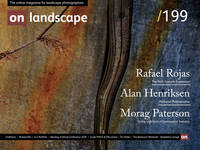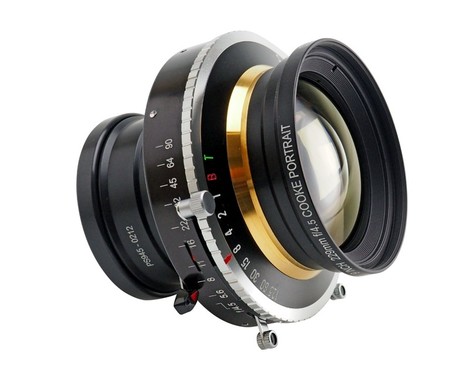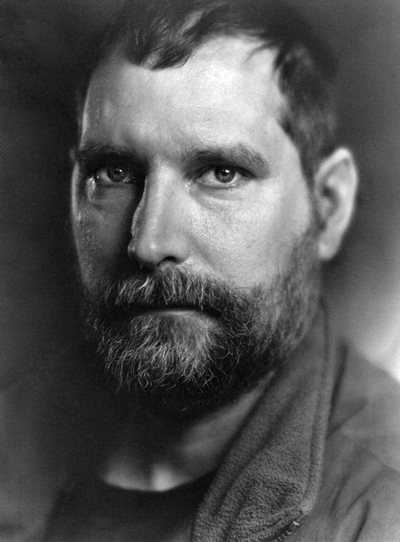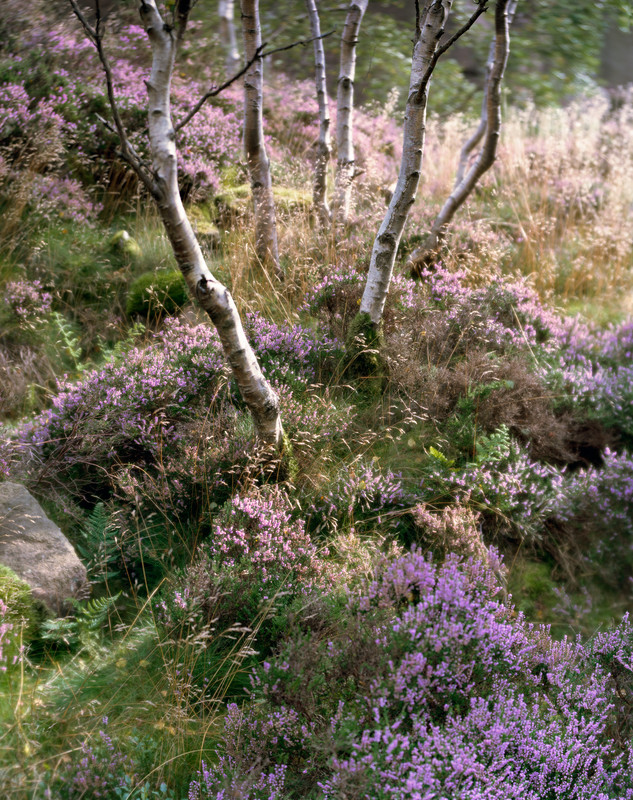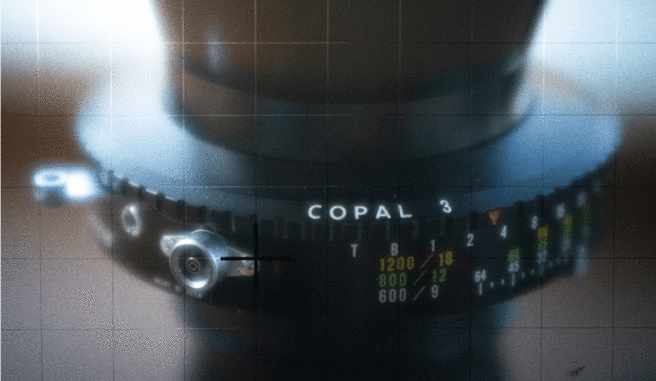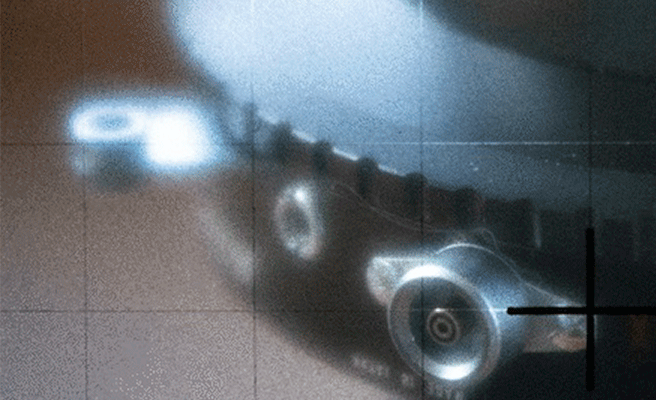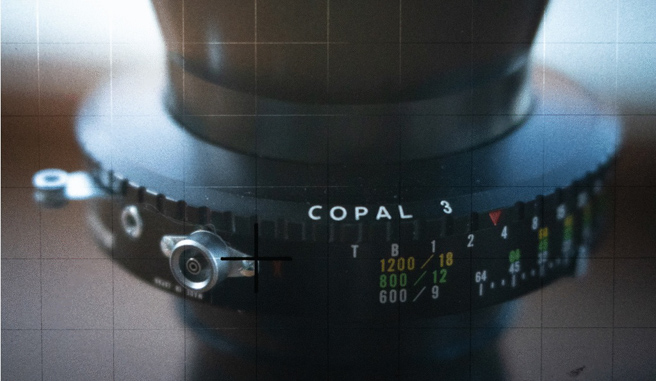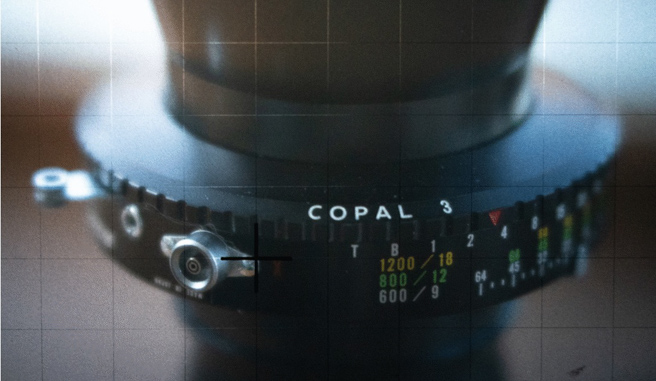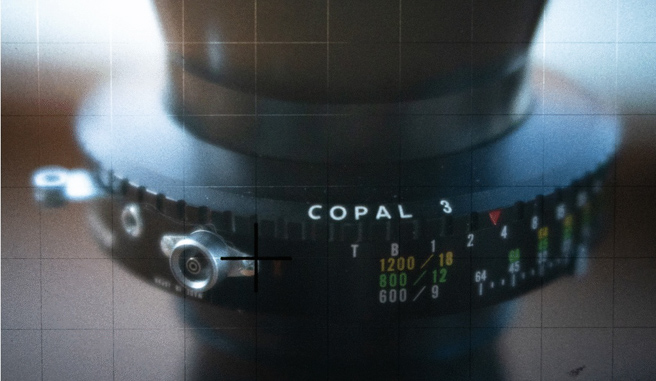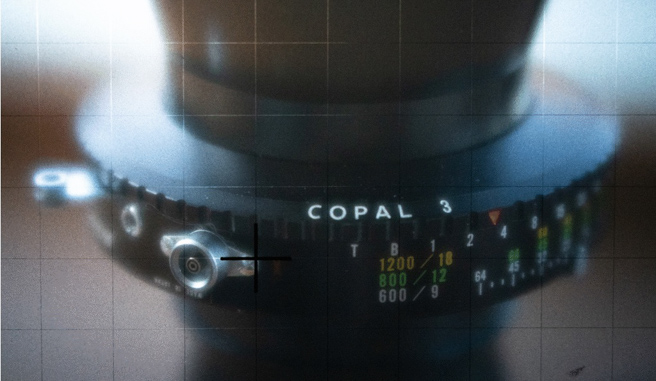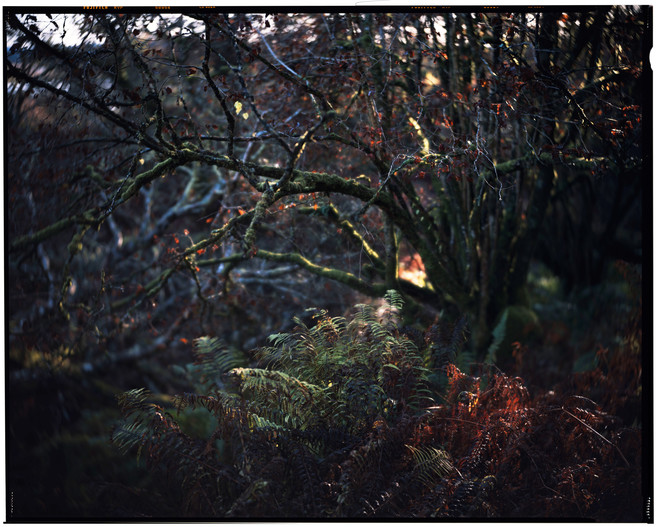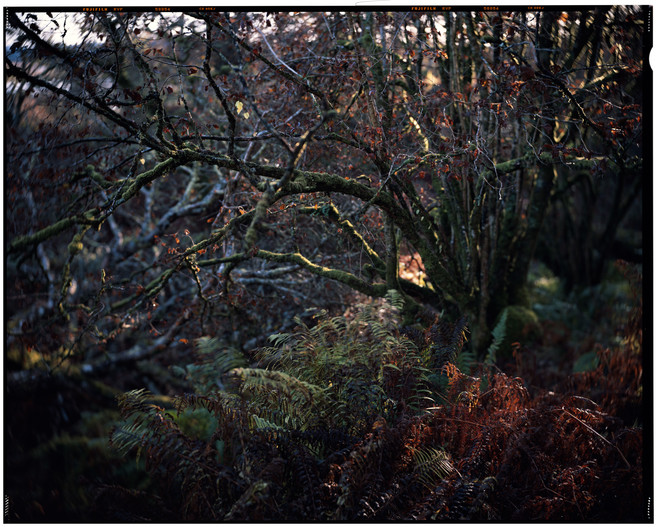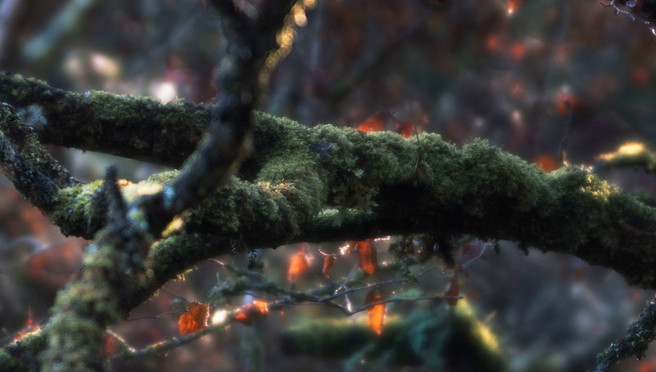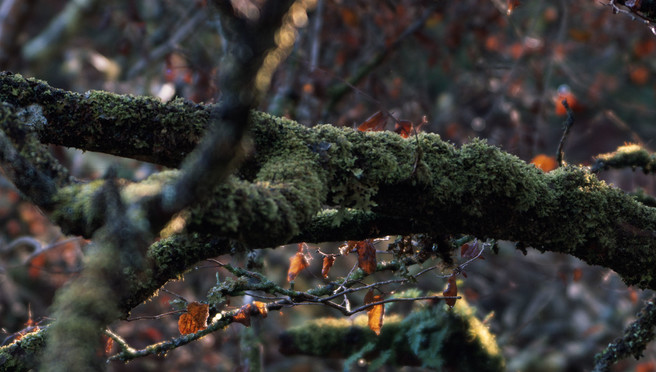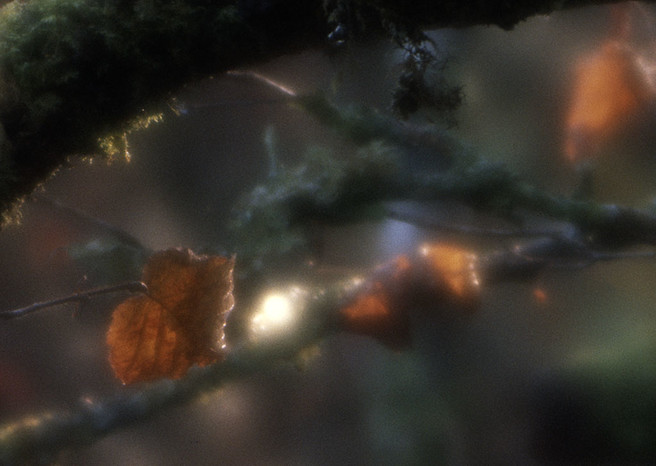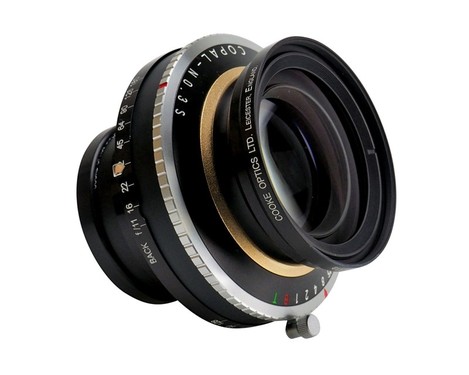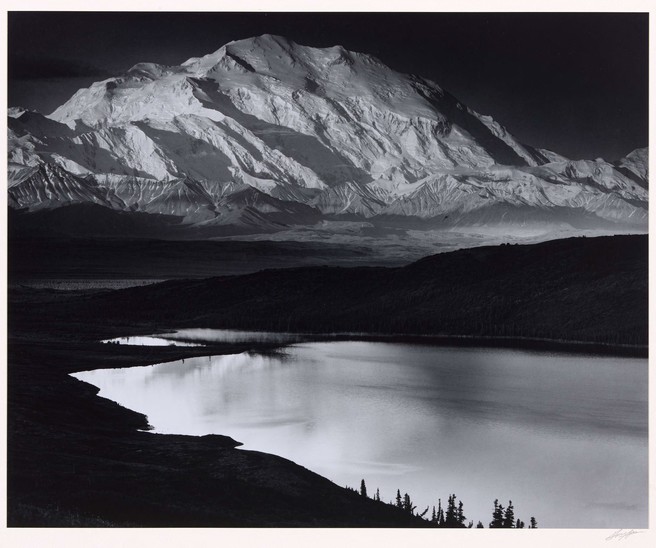Pictorial Classics Available Again

Tim Parkin
Amateur Photographer who plays with big cameras and film when in between digital photographs.
As you probably know, On Landscape isn’t the normal ‘reviews, adverts, competitions and special offers’ website. Although, we have done the occasional review where there has been a gap in the available information (ND filters, Grads, etc) we generally try to avoid them. However, we did notice that there was a big gap in the market for reviews of high-end 8x10 pictorial lenses so we figured we could probably add at least one new reader if we could get our hands on a one!
Fortunately, Robert White called us recently and asked if we wanted to take a look at the new Cooke PS945 and Cooke XVa lenses and so we were All Systems Go!
In all seriousness, Robert White did ask us to test these lenses as they were a new release of existing stock but using a slightly different shutter. The big hurdle retailers and manufacturers of large format lenses encounter is the fact that there are no new Copal shutters being made. (This is also a big issue for technical medium format digital cameras which has recently been addressed by the new Phase One electronic shutter on the Phase One XT camera).
Fortunately for Cooke Optics, a stash of Copal shutters was found recently. The only downside is that they were in the relatively rare Copal 3S shutter size (slightly smaller than the Copal 3). Cooke have adapted the PS945 and XVa lenses to these new shutters and Robert White asked us if we could check the functionality of both of them before they went on sale, which we were very glad to (you’ve got to think about that extra subscriber!)
Cooke PS945
The PS945 lens is one I that I already had some experience with as a colleague loaned me one a few years back but which I couldn’t quite justify the purchase of (they’re not cheap). I loved the ‘look’ of the lens though and so I was really happy to have a chance to put one through its paces again.
The PS945 is a ‘remake’ of a classic turn of the 20th Century portrait lens called the “Pinkham & Smith Visual Quality Series IV Soft Focus Lens”. The lens is nine-inch (229mm or about 60mm full-frame equivalent on a 5x4 camera) focal length and is f/4.5 when wide open. This was *the* classic portrait lens that you may not know of but you will have certainly seen the results of in early Hollywood portraits. It exhibits a wonderful balance between a glowing, soft-focus but with beautiful fine detail even when wide open and as you close the aperture down, the glow slowly disappears, the focal plane shifts and the unique bokeh of the lens becomes more prominent.
The lens appeared at the tail end of the ‘Pictorial’ era of photography (where photographers were trying to make photographs look like ‘paintings’ - i.e. transformative). In many ways, it was just a little too late to become really famous but the pictorial look carried on in the commercial and movie world long enough to give it a hell of a reputation.
My first experience with the lens was on a trip to the Peak District where we had a late summer picnic at Stanage. In between watching the climbers on Manchester Buttress, I spent a while looking for some nice heather and birch combinations to try the ‘new’ lens out on. What I found immediately fascinating when looking through the ground glass was the field curvature which, in combination with tilt movements, I could use to create quite unique areas of sharp focus in an image even when using the lens wide open. I also was quite taken with the fine level of control of the ‘glow’ in the picture, where a small change of a third of a stop shutting down the aperture can quite significantly change the quality of that glow.
The final result was a balance of glow and sharpness even though the lens was nearly wide open. The field of focus runs in the front of the image but instead of extending out to the background, it turns upwards to follow the birch trunk. I didn’t know at the time but I had created one of my favourite images!
I had more opportunity to test the lenses this time around and I also had a 10x8 camera to try them with. Supposedly the PS945 lens doesn’t cover 10x8 (5x7, just) but I found that as long as I wasn’t focused on infinity, I could get corner to corner sharp coverage. And in the vast majority of cases, you would want to be using this lens on closer subject matter anyway, in order to make the most of its visual qualities. This 10x8 coverage gives the lens an effective aperture of about f/0.6 - talk about wide open! The equivalent focal length on a 10x8 camera is about 28mm equivalent on 10x8 so a fast, wide, characterful lens!
The first thing I did when I got the latest version of the lens was to take a series of photographs of the ground glass (cheaper than taking 10x8 film!) at various apertures. The following animated image shows the results of this and I also include the four frames with the biggest changes (from f/4.5 to about f/8 - the lens didn’t have an accurate aperture marking plate).
As you can see here, the growth in the ‘glow’ as you open up is significant but the detail still remains. It’s very close to what you see when applying the ‘Orton’ effect.
What I really wanted to try out was a few real photographs on my 10x8 and so on a trip to visit Michela Griffith, we took the full 10x8 system out for a walk in Crinan oak woods. Here’s one of the photographs taken wide open and also one closed down a bit (about third to half a stop).
I was amazed at just how different the images look when you study them a little closer.
As you can see, there is a definite soft glow about the wide-open image and in contrast (see what I did there) the slightly closed down aperture has become more ‘normal’ looking, albeit with excellent bokeh.
Looking a bit closer you can see more of the way that the wide-open version has the distinct glow through which the image is actually quite sharp, whilst the slightly stopped down version is more ‘edgy’ and you can also see that the point of focus has shifted as well.
Finally, if you really zoom into the image you can see more of the quality of that glow.
Cooke XVa
The second lens that Robert White sent for me to test was the Cooke XVa. This is a lens that was one of Ansel Adams’ favourites and he used it as a ‘portable zoom’ on many famous images (see below). When I say ‘portable zoom’, I refer to the idea that this is a ‘triplet’ lens that can be used in three different configurations that give three different focal lengths. By default its focal length is 311mm but if you just use the rear element you get a 476mm lens and just the front element gives you 646mm (be aware that the single element configurations need more bellows than you would expect!). So if you’re using these elements on a 10x8 camera like Ansel did, you have the equivalent of a 40-60-80mm full-frame equivalent range.
I didn’t do a great deal of testing with this lens as it’s characteristics are fairly well known. In short, it’s sharp as a tack when used in its default configuration but when you use the single elements, you lose some sharpness and the lens isn’t quite as well corrected (we’re nit picking here though. I imagine for black and white, the single element versions would work very well though.
Here’s a photograph I took from the top of Crinan Wood looking back toward Oban on the rear element only at f/45.
Colour Corrected and Multi Coated
What both of these lenses have beyond their older sublings is that they are very well colour corrected and are also multi coated for better flare resistance. This makes a big difference as anybody who has tried to shoot old lenses with colour film will attest to.
In essence, if you want to create a classic pictorial look using colour film, these are pretty much the goto lenses. I’ll supply a few links to portrait and landscape examples of the PS945 at the end of this article
Why do we care?
A bunch of you might be saying “Why should we care about a lens for 10x8in the modern era?”. Well, you don’t have to but I was intrigued at looking at these lenses in comparison with the lenses we see developed for 35mm cameras. There seems to be an addiction to sharpness in modern lenses that is losing ‘character’. Although there are some lenses that include some of the characteristics of the PS945 lens for instance, they are very few and quite often very expensive. In truth, the only real way to get the 10x8 look is to get a 10x8 camera and use some of these older lenses.
I remember when the Lomography lenses came out with their Petzval lenses and thinking these would be a perfect 35mm equivalent to the large format look. Sadly, although they had some ‘character’ they were really a poor substitute.
I would love to see some 35mm lenses that had half the character of some of these classic lenses but I think the market would be too small to make them cost effective.
If anybody has their own favourite 35mm lenses that can create a characterful, pictorial look, please let me know in the comments below and I’ll try to test a few of them.

